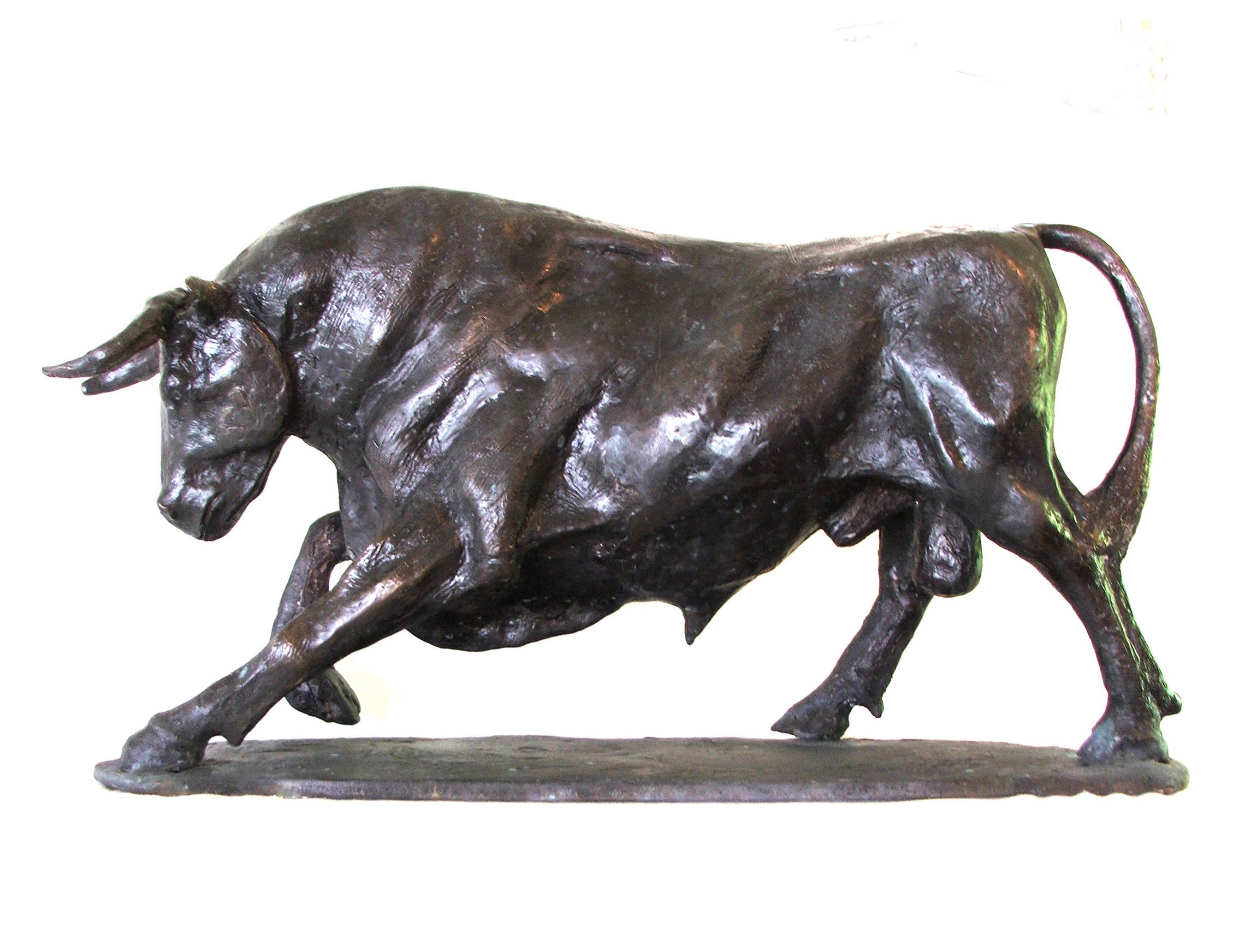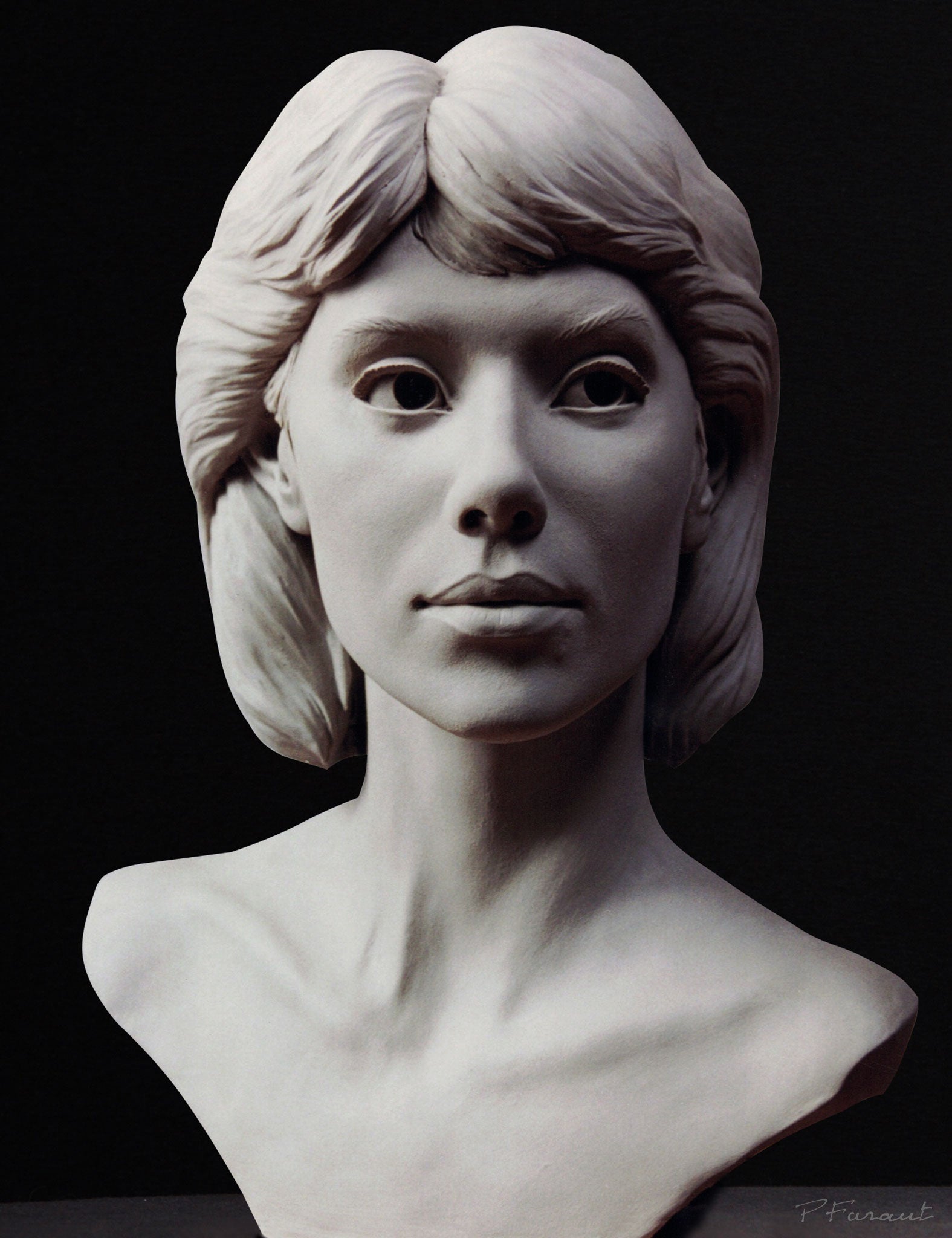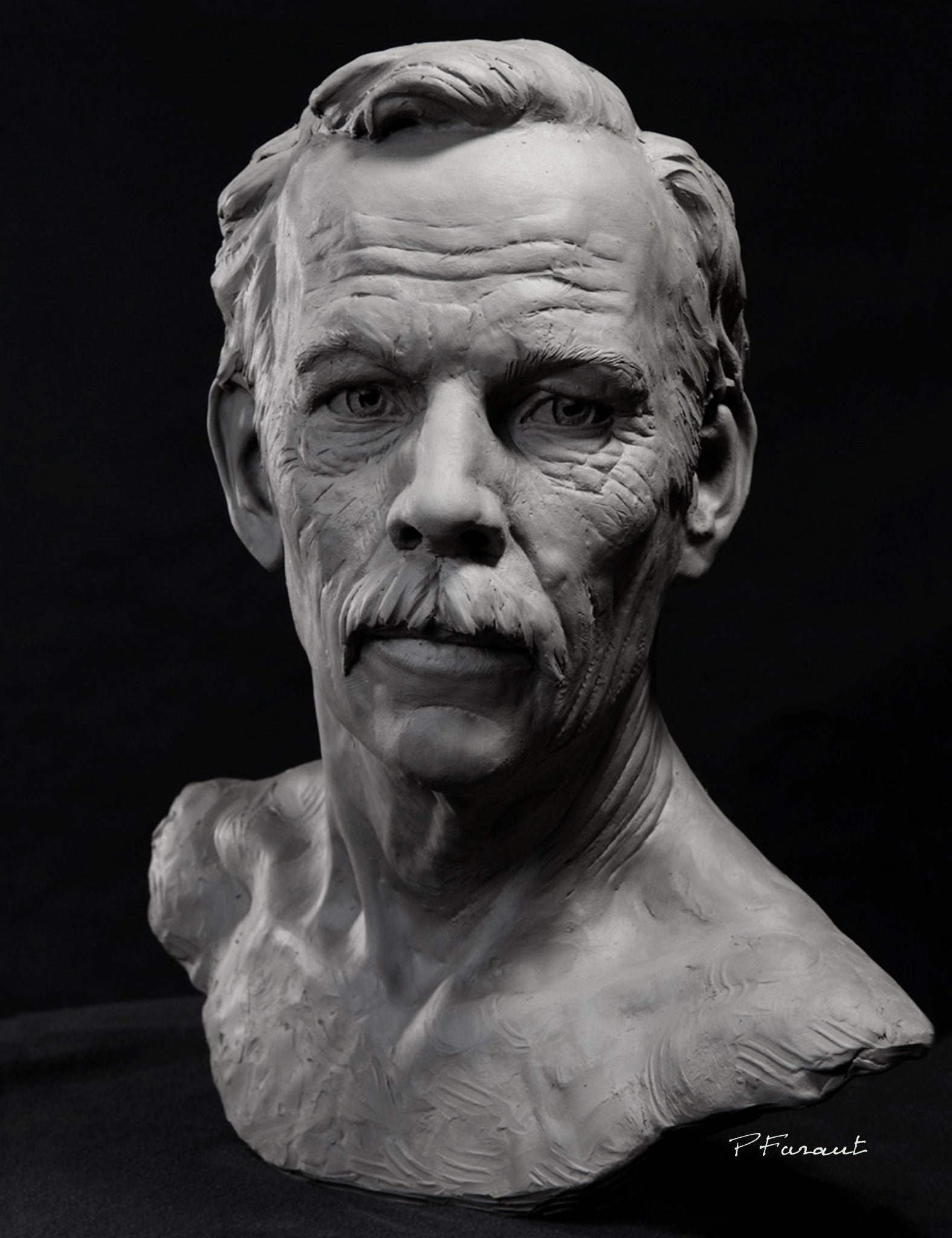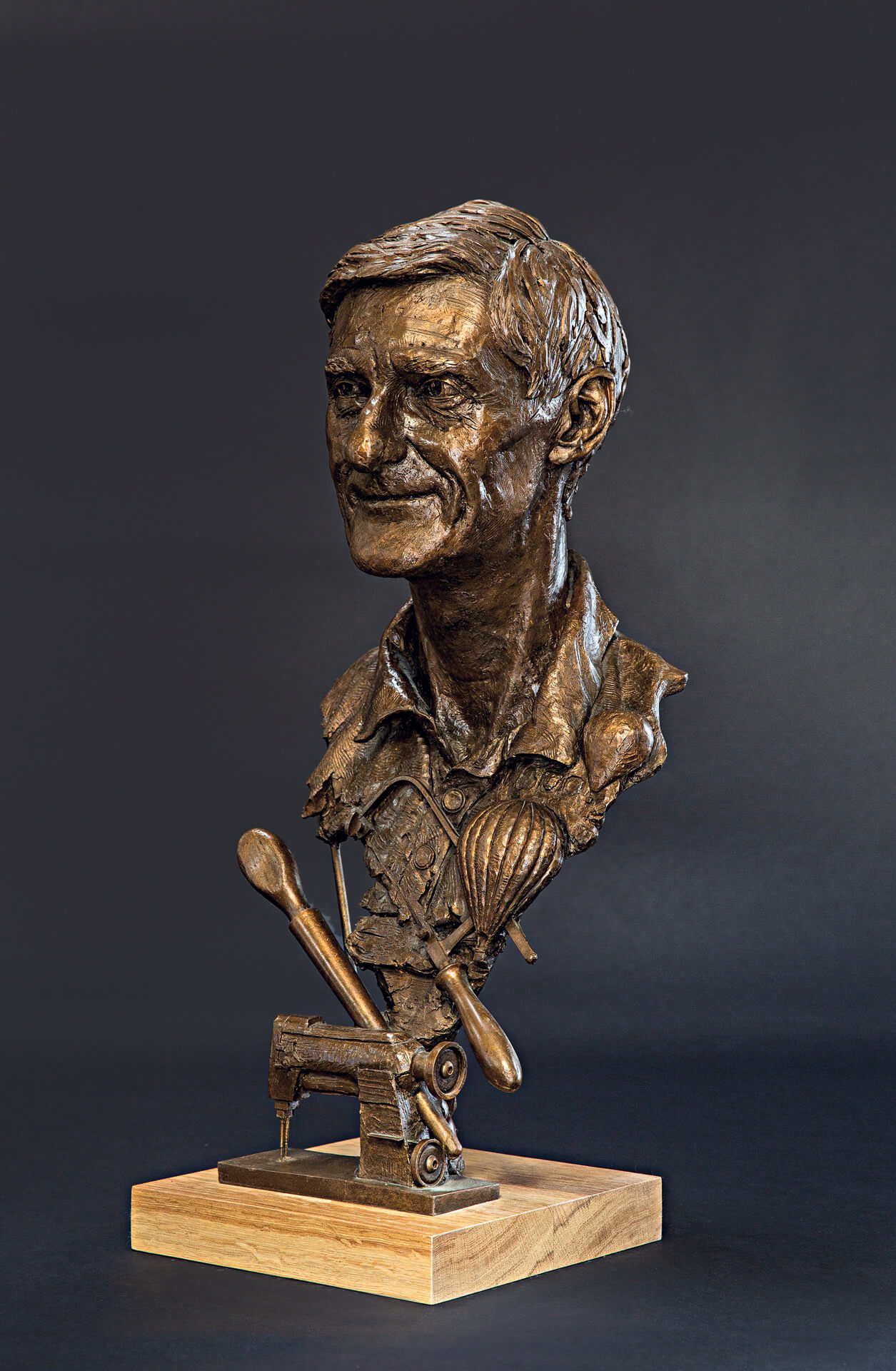Crafting Expressions: The Unique Artistry of a Portrait Sculptor
Wiki Article
The Evolution of Sculptures: From Ancient to Modern
The Evolution of Sculptures: From Old to Modern. Robert C Hitchcock Sculptor.Sculpture, among the earliest forms of art, has actually been an integral component of human people for millennia. From the ancient human beings of Egypt and Greece to the contemporary period, sculptures have actually developed, mirroring changes in creative strategies, materials, and cultural impacts. This trip through time traces the advancement of sculptures, discovering the shifts stylishly, topic, and artistic expression.
Starting with the old world, sculptures crafted from stone and later on bronze recorded the significance of deities, rulers, and day-to-day life. The Renaissance period experienced a revival of timeless sculpting methods, as artists sought to imitate the graceful kinds of old Greek and Roman sculptures (Portrait Sculptor). In the modern-day age, artists challenged conventional boundaries, accepting abstraction and experimentation with brand-new materials
This expedition will delve right into the diverse advancement of sculptures, exposing the abundant tapestry of creative expression throughout various periods and societies.

Ancient Sculptures: From Rock to Bronze
Ancient sculptures transitioned from being carved out of stone to being cast in bronze. Rock sculptures, while remarkable in their own right, were limited by the nature of the material. Equine Sculptures.The introduction of bronze as a medium for sculptures brought about a transformation in creative expression. Bronze supplied artists the opportunity to create realistic and complex kinds that were not feasible with rock. The procedure of casting bronze enabled the production of multiple copies of a sculpture, enabling larger distribution and preservation of these creative work of arts.
The change from rock to bronze additionally saw a change in the subject issue of sculptures. While rock sculptures mostly shown gods, sirens, and mythological figures, bronze sculptures began to mirror a wider series of subjects, including everyday individuals and pets. This development of topic showcased the convenience and flexibility of the bronze medium.
Renaissance Resurgence: Sculpting in the Classical Design
The Renaissance resurgence of sculpture experienced a rebirth in the classic style, building upon the advancements made during the change from rock to bronze in old sculptures. During this duration, musicians sought to recreate the classical visual and suitables of beauty that prevailed in ancient Greek and Roman sculptures.One of the vital attributes of the Renaissance resurgence was the emphasis on naturalism and the human kind. Sculptors like Donatello and Michelangelo make every effort to record the anatomical information and expressions of their topics with unprecedented accuracy. They examined the body and included their monitorings right into their sculptures, leading to realistic and realistic representations.
An additional crucial element of the Renaissance revival was the expedition of viewpoint and deepness. Artists used strategies such as contrapposto, where the weight of the body is moved to one side, developing a sense of motion and dynamism. They also trying out different products, consisting of marble and bronze, to accomplish a degree of elegance and details in their sculptures.

Innovation and the Avant-Garde: Breaking Standard Limits
During the Innovation and Avant-Garde movements, carvers pressed the boundaries of typical artistic conventions. This duration, which arised in the late 19th and early 20th centuries, saw a dramatic shift in the means artists approached sculpture. Denying the concept of art as plain replica, modernist artists sought to discover brand-new types, materials, and principles.
One of the essential features of modernist sculpture was the emphasis on abstraction. Sculptors moved far from practical depictions and instead concentrated on catching the significance of the topic via simplified forms and geometric shapes. This departure from standard depiction permitted musicians to express their emotions and ideas in an extra subjective and individual manner.

Contemporary Sculptures: Exploring New Materials and Concepts
With a concentrate on exploring new materials and concepts, contemporary sculptures have reinvented the area of art. Artists today are pressing the borders of traditional sculpture by utilizing ingenious materials and exploring with abstract ideas. These sculptures challenge conventional notions of meaning, materiality, and form, welcoming viewers to involve in a new and provocative artistic experience.Contemporary sculptors are embracing a vast array of products, including plastic, glass, metal, and also raw material. They are not restricted to the standard medium of stone or clay, permitting better liberty of expression and trial and error. This change in the direction of unconventional materials has opened up brand-new opportunities for musicians to create sculptures that are dynamic, interactive, and aesthetically striking.
In addition to discovering brand-new materials, contemporary sculptures likewise dive right into facility and abstract principles. Musicians are now discovering motifs such as identity, social concerns, and the setting, utilizing sculpture as a powerful medium for social commentary and self-questioning. These sculptures test viewers to think seriously and engage with art on a deeper degree, stimulating conversations and prompting psychological actions.
Global Influences: Sculptural Practices From Worldwide
Sculptural traditions from numerous regions of the world have considerably shaped the advancement of sculptures throughout history. The international influences on sculpture have actually been diverse and have added to the richness and selection of artistic expressions. From the old civilizations of Egypt, Greece, and Rome to the complex carvings of Oriental societies, each region has created its distinct sculptural practices that have affected artists across time.In old Egypt, sculptures were created largely for funerary and spiritual objectives. The legendary sculptures of pharaohs and gods, such as the Great Sphinx and the bust of Queen Nefertiti, showcase the Egyptians' proficiency of rock carving and their belief in the immortality.

In old Rome, sculpture served both imaginative and political functions. Roman sculptures frequently illustrated emperors, generals, and mythical figures, showing the power and magnificence of the empire. The marble sculpture of Augustus of Prima Porta and the huge Arch of Constantine are significant examples of Roman sculptural accomplishments.
Oriental sculptural practices, specifically in India, China, and Japan, have also had a profound impact on the development of sculptures. Japanese sculptures, affected by Buddhism, stress simplicity and harmony, seen in the peaceful statuaries of Buddha and the classy art of bonsai.
The international impacts on sculpture proceed to progress in the contemporary era. Artists today draw ideas from numerous sculptural customs, integrating new materials, techniques, and principles to develop ingenious and thought-provoking artworks. The combination of different cultural impacts has actually generated a dynamic and diverse sculptural landscape, mirroring the interconnectedness of our international culture. As we seek to the future, it is specific that the global impacts on sculpture will certainly proceed to form and redefine this old art type.
Verdict
In verdict, the advancement of sculptures has actually seen a shift from ancient stone and bronze functions to the classic resurgence throughout the Renaissance. This was followed by the splitting of conventional boundaries through modernism and the progressive movement. Today, modern sculptures discover new products and concepts, blog here while likewise attracting motivation from international sculptural traditions. The trip of sculptures reflects the ever-changing creative expressions and social influences throughout background.From the ancient people of Egypt and Greece to the modern period, sculptures have progressed, mirroring changes in creative methods, products, and social influences.Beginning with the ancient world, sculptures crafted from rock and later on bronze captured the essence of deities, rulers, and daily life.Old sculptures transitioned from being sculpted out of rock to being cast in bronze. While stone sculptures primarily illustrated gods, sirens, and mythical numbers, bronze sculptures started to reflect a broader variety of topics, consisting of day-to-day people and animals.In final thought, the advancement of sculptures has actually seen a change from old rock and bronze works to the timeless rebirth during the Renaissance.
Report this wiki page